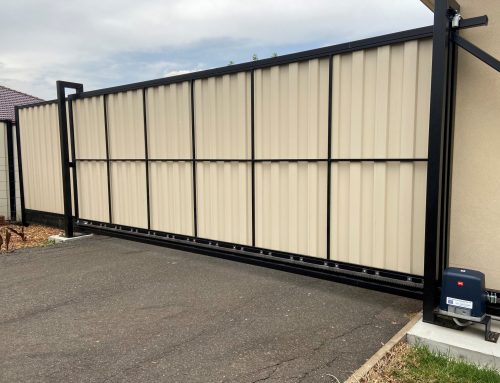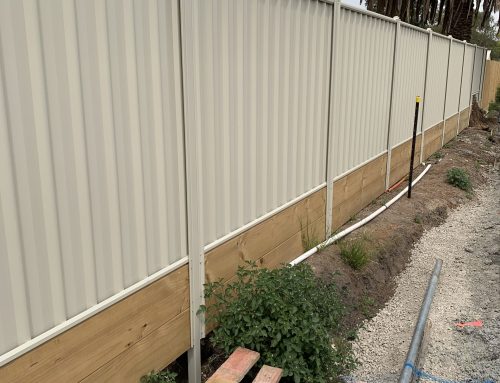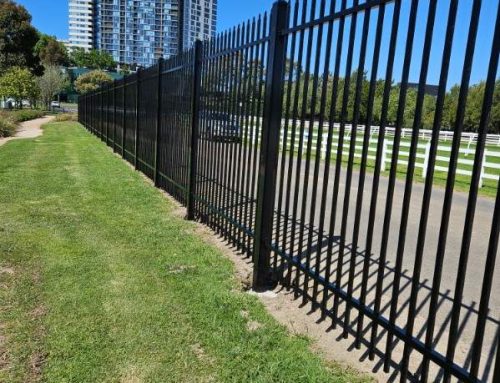Making Sure Electric Fence Is Working – Safety First!
If you own cattle, most likely you have an electric fence. Once in a while, you need to check if your electric fence is working. Also, you need to know how to do that as safely as possible to avoid any accidents, especially with electricity as it can be fatal. Therefore, let’s dive in.
There are several ways to check if your electric fence is working.
1. The first one, the most recommended one, is using an electric fence voltmeter that detects voltage in electric fences. The cost of an electric fence voltmeter varies, but you can get some as cheap as 10-15 AUD. The design varies as well, so the more features it has, the more expensive it is. In the long run, it is good to do a little bit of research and invest a little bit more, but your new, a little bit more expensive electric fence voltmeter might serve you much longer than the cheaper option.
How to start checking the electric fence? Firstly, you need to know what is the right voltage range for your electric fence as it depends on what animals you have. More miniature animals like sheep or goats might need smaller voltage than let’s say cows or horses. Usually, voltage ranges from 2,000 to 10,000 volts.
Once you know the required voltage for your fence, start checking from the furthest point from the charger. The charges also vary. Some may have a direct connection to the power grid, some may have a battery (check once in a while to make sure the battery is not flat), but usually, it’s a small box. The reason you start checking at the furthest point from the charger is that if the electric fence has electricity at that point, most likely it will have electricity near the charger. You might not even have to check the whole fence to save some time. Of course, if that won’t let you sleep well at night, check the whole fence.
Alright, once you are at the furthest point from the electric fence charger, what do you do next? Before you take the electric fence voltmeter, check how many wires your electric fence has. If it has 2, then one of them might be a ground wire. The owner’s manual is a good way to find out. If it says nothing about a ground wire, or you have lost your owner’s manual, then don’t worry. You’ll just have to skip that part. Remember that some may not have the probe as some fencing types ground directly in the earth, usually single-wire fences.
Why is grounding important? Because properly grounded electric fence will keep it in good order. Also, when checking the fence, think about your safety first! Therefore, make sure that you hold the voltmeter on the plastic or rubber part, do not hold it on the metal tip! It is essential because otherwise, your body is the one that will be testing the electric fence, not the voltmeter.
If your fence doesn’t have a grounding wire, or you don’t know which one it is, then take the voltmeter’s probe and stick it several centimeters into the ground. Then take the prong of the voltmeter and touch each wire. The voltmeter should then tell you what’s the voltage on your electric fence wire. When knowing the desired voltage, you will know right away if the fence is working correctly or not. Do not forget to do the test on each wire (if your fence has two, or more). You can check the wires every 30 m or so to make sure it is working along the whole fence.
There is also a way to check your electric fence with a non-contact voltmeter. The non-contact voltmeter looks like a thick pencil with flat sides and has a translucent tip that blinks if it’s on, and it usually runs on a battery.
How to use it? Turn it on, make sure it is blinking and then stand about 1,5 m from the fence and point the voltmeter towards the fence. If it starts beeping, then the fence is working. If it doesn’t, you can get closer to it, but make sure you don’t touch it. If you are almost near the fence and it still doesn’t beep, then there is no electricity in the fence. Just remember that non-contact voltmeter tells you only if the electric fence has electricity, it doesn’t say the voltage of the electric fence. So it might happen that the non-contact voltmeter will beep, but the voltage is still quite low and your animals can get away. Therefore, it is always best to use a contact voltmeter. Also, remember to test the whole fence as some areas might not have electricity.
This is it for today! If you have any questions regarding steel fencing in Melbourne, contact us today!
Diamond Fence is one of the trusted fencing companies in Melbourne, therefore don’t hesitate and contact us today! We’ll help you out! Call us on (03) 9753 4566, shoot us an email on info@diamondfence.com.au, or just get a FREE online quote.








